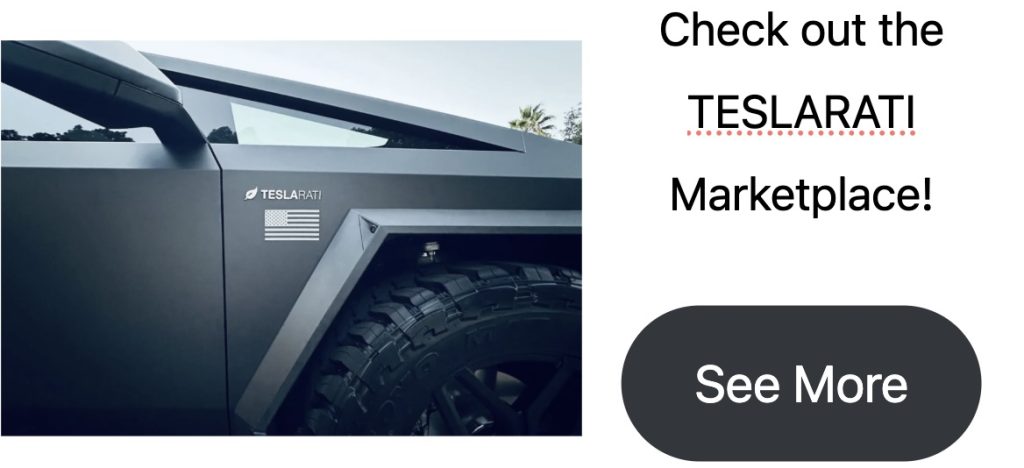Unveiling the Tesla Cybercab: A Revolutionary Take on Sustainable Urban Mobility

In the rapidly evolving world of robotaxi-innovation-efficiency">electric vehicles, Tesla continues to captivate us with innovative designs that challenge conventional thinking. The latest revelation from the Tesla Cybercab project, led by Eric E., its Lead Engineer, sheds light on a self-driving robotaxi designed for the future of urban transport. The Cybercab is not just another addition to Tesla's lineup; it embodies a revolutionary rethinking of car design, sustainability, and efficiency.
The first thing to note about the Cybercab is its unique two-seat configuration. According to Eric E., this design choice is pragmatic, grounded in real-world usage data. ">An impressive 82% of miles driven today are with two or fewer passengers, so why cater to a larger capacity when it isn't typically needed? Tesla is utilizing their larger models, such as the Model Y, for those rare instances when larger groups require transport. This keen understanding of consumer needs demonstrates Tesla's commitment to providing solutions that resonate with everyday users.
“There’s a couple reasons why it’s two seats. One is 82% of miles driven today are with two or fewer passengers,” Eric E. highlights. This insight underpins Tesla's focus on crafting vehicles that prioritize efficiency without compromising on comfort.
Efficiency is at the heart of the Cybercab's design philosophy. The Cybercab boasts a remarkably conservative parts count, with about half the components found in the Model 3. This is an astonishing achievement, given that the Model 3 is already one of the most efficiently engineered vehicles on the market. By reducing the number of parts, Tesla not only enhances production efficiency but also streamlines maintenance and operations in the rideshare environment.
“Two seats unlock a lot of opportunity aerodynamically,” Eric explains. This reduction in part count simplifies the vehicle’s structure, making it easier to clean and maintain. With just a bench seat in place, the challenges of navigation around multiple doors and seats are eliminated, making the Cybercab an ideal choice for rideshare services where cleanliness and upkeep are paramount.
Beyond the practical design elements, the Cybercab also surprises with its storage capabilities. In a vehicle designed primarily for urban environments, trunk space often takes a back seat to passenger comfort. However, the Cybercab’s trunk is capable of accommodating a wide array of luggage and equipment. From multiple golf bags to two full-sized carry-ons and checked bags, the trunk is impressively spacious. Bicycles and foldable wheelchairs can also fit comfortably, underscoring Tesla’s commitment to inclusivity and versatility.

As urban transportation continues to evolve, the Cybercab stands out as a viable solution to today’s mobility challenges. Instead of simply replacing traditional taxis, this vehicle offers a greener alternative that aligns with the global push for sustainability. By embedding forward-thinking design principles into its core, Tesla is setting a precedent for how urban transport should be handled.
Eric E. emphasizes the importance of user experience: “The efficiency isn’t just on an energy consumption basis. It’s on the concept of cleaning, it’s also on reliability and service as well.” This holistic view of efficiency speaks volumes about Tesla's design process, suggesting that every aspect has been carefully considered to meet the demands of modern urban life.
Furthermore, the Cybercab signals a shift toward a more community-focused approach to mobility. When individuals embrace ridesharing, they reduce the number of vehicles on the road, minimize environmental impact, and enhance urban efficiency. The Cybercab is remarkably well-positioned to thrive in this sharing economy, thanks to its small carbon footprint and optimized design.
The Road Ahead
As we anticipate the official unveiling of the Cybercab, it’s clear from Eric E.'s insights that Tesla’s design choices are aimed at addressing the pressing issues of urban congestion and environmental preservation. The focus on fewer, more efficient parts is not just about manufacturing; it's about crafting a car that is economical and environmentally friendly while also meeting the demands of urban passengers. The Tesla Cybercab is an exciting glimpse into the future of transportation, one where self-driving vehicles play an integral role in the sustainable mobility landscape.
In conclusion, the Tesla Cybercab is not only an innovative transport solution; it’s a reflection of Tesla's forward-thinking ethos and an exemplar of modern automotive engineering. By rethinking vehicle structure and passenger needs, Tesla is paving the way for a future where robotaxis dominate urban landscapes—making our cities greener, cleaner, and infinitely more convenient.